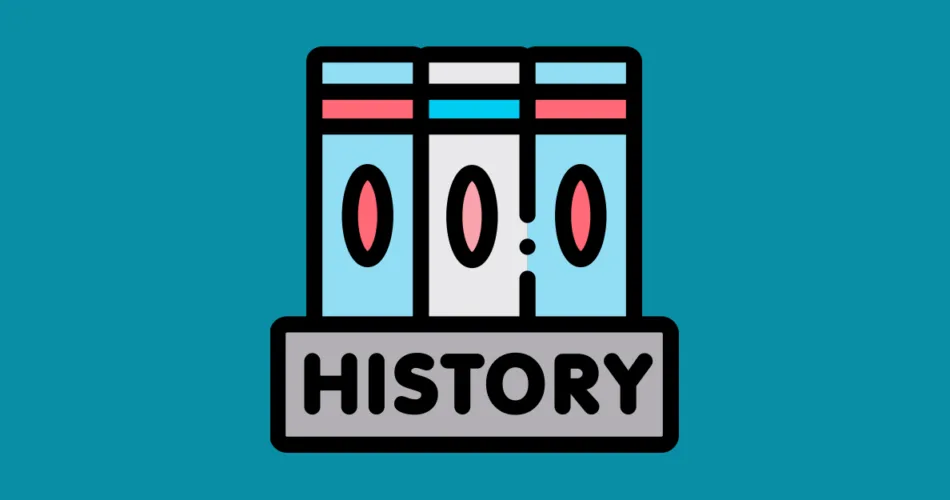In the ever-evolving landscape of programming languages, few have left an indelible mark quite like Java. As we delve into the history of Java, we’ll uncover its origins, evolution, and enduring impact on the world of software development.
Origins and Birth of Java: A Glimpse into History
The history of Java begins in the early 1990s, when a team of innovative engineers at Sun Microsystems embarked on a journey to create a programming language for the digital age. Led by the visionary James Gosling, this team sought to develop a language that could transcend the constraints of platform-specific software development. Their efforts culminated in the creation of Java, a name inspired by the coffee culture that permeated their workplace.
The Java Apparition: 1995 and Beyond
In 1995, Java made its official debut to the world. With the release of Java 1.0, a new era in programming commenced. At its core was the groundbreaking concept of “Write Once, Run Anywhere” (WORA). This principle revolutionized the software landscape, allowing developers to create code that could seamlessly run on diverse platforms, thanks to the Java Virtual Machine (JVM).
As the years rolled on, Java continued to refine its capabilities. The release of Java 2 (J2SE) in 1999 brought forth a plethora of advancements. The Swing GUI toolkit empowered developers to craft sophisticated graphical interfaces, while the Collections Framework provided an arsenal of data structures and algorithms to streamline programming tasks.
Java’s Ascent to Enterprise Heights: The Dawn of J2EE
Java’s history took a significant turn with the advent of Java 2 Enterprise Edition (J2EE). This platform, introduced in the early 2000s, elevated Java’s stature to the realm of enterprise application development. Technologies like Servlets, JavaServer Pages (JSP), and Enterprise JavaBeans (EJB) empowered developers to create robust, scalable, and mission-critical applications.
An Evolutionary Leap: Java in the 21st Century
As the 21st century dawned, Java underwent a transformative evolution. The release of Java 5 (JDK 1.5) marked a pivotal moment, introducing features like generics, metadata annotations, and enumerated types. These additions augmented the language’s expressive power and fostered more efficient and readable code.
Java’s journey into modernity continued with the advent of Java 8 (JDK 1.8) in 2014. This release introduced lambdas and the Stream API, revolutionizing the way developers approached data manipulation and functional programming. Java’s commitment to innovation and adaptability was further underscored by its transition to an open-source model with the creation of OpenJDK.
The Java Legacy: A Timeless Tale
As we reflect on the history of Java, we’re reminded of its unassailable legacy. Java’s adaptability, portability, and robustness have established it as a language of enduring relevance. Its ability to span domains, from web and mobile applications to cloud computing and beyond, cements its place as a cornerstone of the programming world.
In conclusion, the history of Java is a story of visionary inception, groundbreaking concepts, and relentless evolution. From its humble beginnings at Sun Microsystems to its global influence today, Java continues to shape the way we interact with technology. Java’s narrative evolves with code, apps, and innovation, shaping its dynamic history and promising future.
Subscribe to our email newsletter to get the latest posts delivered right to your email.


Comments